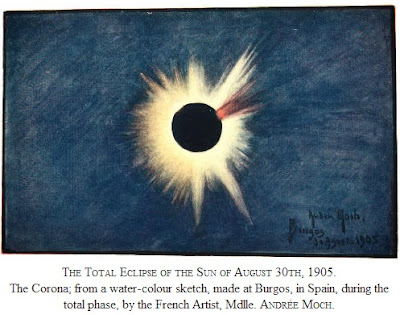For instance, the idea which one would most naturally form of the earth and heaven is that the solid earth on which we live and move extends to a great distance in every direction, and that the heaven is an immense dome upon the inner surface of which the stars are fixed. Such must needs have been the idea of the universe held by men in the earliest times.
In their view the earth was of paramount importance. The sun and moon were mere lamps for the day and for the night; and these, if not gods themselves, were at any rate under the charge of special deities, whose task it was to guide their motions across the vaulted sky.
In their view the earth was of paramount importance. The sun and moon were mere lamps for the day and for the night; and these, if not gods themselves, were at any rate under the charge of special deities, whose task it was to guide their motions across the vaulted sky.
The Hindoos, for example, imagined the earth as supported by four elephants which stood upon the back of a gigantic tortoise, which, in its turn, floated on the surface of an elemental ocean. The early Western civilisations conceived the fable of the Titan Atlas, who, as a punishment for revolt against the Olympian gods, was condemned to hold up the expanse of sky for ever and ever.
Later on glimmerings of the true light began to break in upon men.The Greek philosophers, who busied themselves much with such matters, gradually became convinced that the earth was spherical in shape, that is to say, round like a ball. In this opinion we now know that they were right; but in their other important belief, viz. that the earth was placed at the centre of all things, they were indeed very far from the truth.
By the second century of the Christian era, the ideas of the early philosophers had become hardened into a definite theory, which, though it appears very incorrect to us to-day, nevertheless demands exceptional notice from the fact that it was everywhere accepted as the true explanation until so late as some four centuries ago. This theory of the universe is known by the name of the Ptolemaic System, because it was first set forth in definite terms by one of the most famous of the astronomers of antiquity, Claudius Ptolemæus Pelusinensis (100–170 a.d.), better known as Ptolemy of Alexandria.
In his system the Earth occupied the centre; while around it circled in order outwards the Moon, the planets Mercury and Venus, the Sun, and then the planets Mars, Jupiter, and Saturn.




